 T-rex Statue
T-rex Statue
Entry Type: Thing - Starting with T
 T-rex Statue
T-rex Statue
T. C. McRae House
 T. Texas Tyler Tree
T. Texas Tyler Tree
Taborian Hall
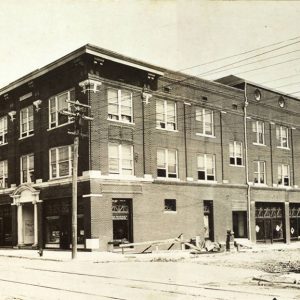 Taborian Hall, 1918
Taborian Hall, 1918
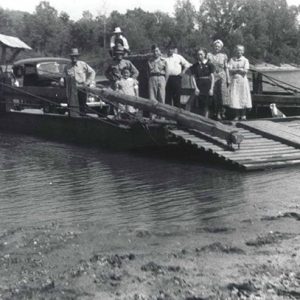 Talburt Ferry
Talburt Ferry
Tales from the South
 Tales from the South Set
Tales from the South Set
 Tall Peak Fire Tower
Tall Peak Fire Tower
Tamales
 Tamales
Tamales
 Tapeworm Egg
Tapeworm Egg
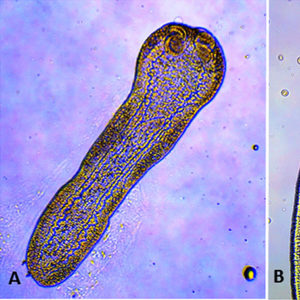 Tapeworms
Tapeworms
 Tarantula
Tarantula
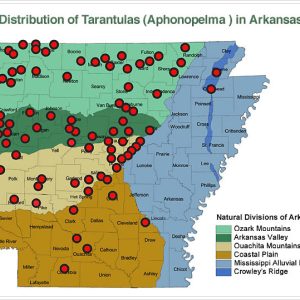 Tarantula Distribution
Tarantula Distribution
 Tarantula with Egg Sac
Tarantula with Egg Sac
Tarantulas
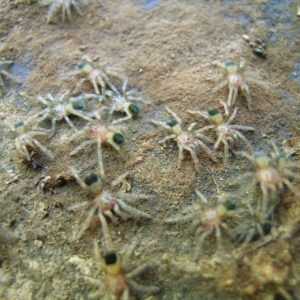 Tarantulas
Tarantulas
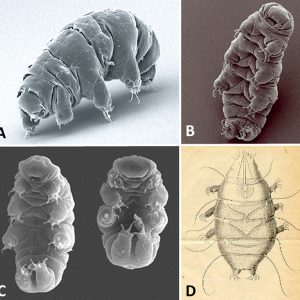 Tardigrades
Tardigrades
Tardigrades
aka: Water Bears
aka: Moss Piglets
 Tardigrades' Life Stages
Tardigrades' Life Stages
Taylor Field
aka: Taylor Memorial Field
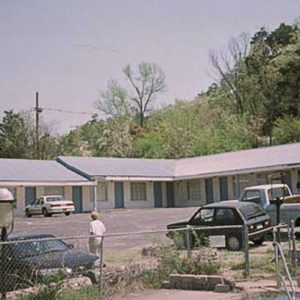 Taylor Rosamond Motel Historic District
Taylor Rosamond Motel Historic District
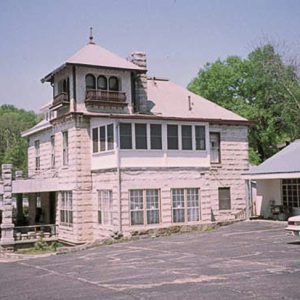 Taylor Rosamond Motel Historic District
Taylor Rosamond Motel Historic District
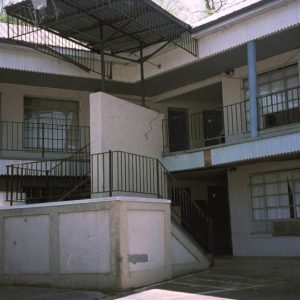 Taylor Rosamond Motel Historic District
Taylor Rosamond Motel Historic District
 Taylor Rosamond Motel Historic District
Taylor Rosamond Motel Historic District
TCBY Enterprises, Inc.
Teen Pregnancy
Telegraph No. 3 [Steamboat]
Telegraph Road (Northwestern Arkansas)
 Telegraph Wire Tree
Telegraph Wire Tree
Telephone Exchange Building (Powhatan)
Temperate Basses
aka: Moronids
Temple Meir Chayim
 Fay Templeton Sheet Music
Fay Templeton Sheet Music
Ten Percent Plan (Reconstruction)
Term Limits
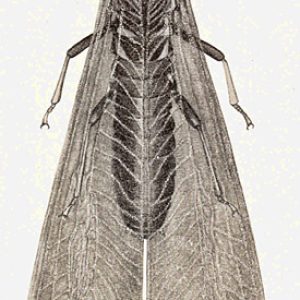 Termite Queen
Termite Queen
 Termites
Termites
Termites
aka: Isopterans
 Terral Announcement Speech
Terral Announcement Speech
Terror at Black Falls
 Terror at Black Falls Poster
Terror at Black Falls Poster
 Tesla Coil at Mid-America Science Museum
Tesla Coil at Mid-America Science Museum
Texarkana Baptist Orphanage
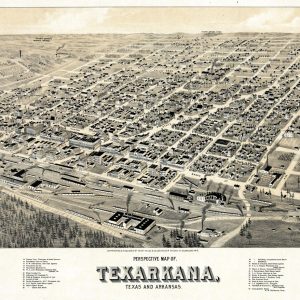 Texarkana Map
Texarkana Map
Texarkana Moonlight Murders
Texarkana Regional Airport
aka: Texarkana Air Force Station
 Texas Coral Snake
Texas Coral Snake
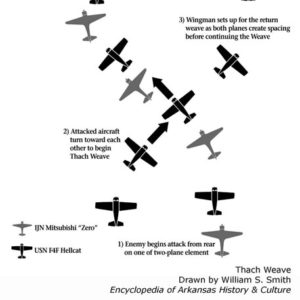 Thach Weave
Thach Weave




